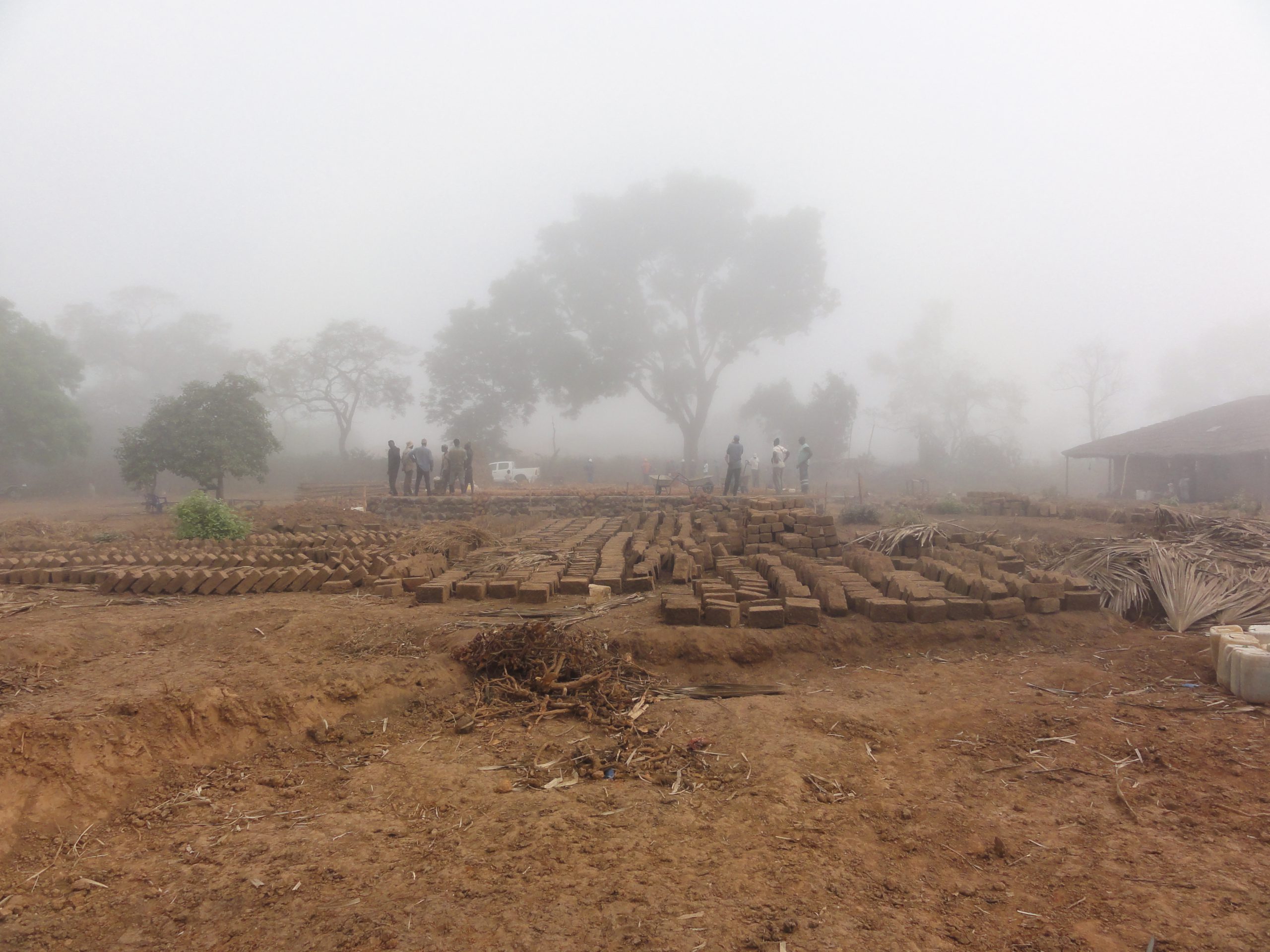Imagining a Balante garden
When I was in Guinea-Bissau thinking about making a garden, many people assumed that I was referring to a kindergarten. I am pleased with this connection, both fortuitous and truthful (the garden will be part of a pedagogical complex: the basic school in Malafo and the future Media Library). In conversations, words are exchanged. In gardens, seeds and conversations are exchanged. In the garden or its vicinity inhabit the gardeners, the possible caregivers of these seeds and conversations (trees live for many years, hear many things and hold many secrets: – they are powerful). But what does it mean to make a garden in Malafo, a small Balante village surrounded by forests and bolanhas (rice-paddies)? Isn’t, in the Balante perspective, the whole universe a garden? How, then, to distinguish the garden from the forests and bolanhas, from the vegetable-gardens and chickens? As a zone of transfers and combinations, conflicts and symbiosis, the garden that we propose will inevitably be, beyond the mirage of a Balante garden, a creole garden, or a garden in the process of creolization. This creolization will be expressed in the garden’s ever-unstable connections with its social and agroforestry context, in the uncertainty of its borders, rhythms and cadences. A garden, therefore, simultaneously utopian and situated. A garden of possible impossibilities. (Sancho Silva)

